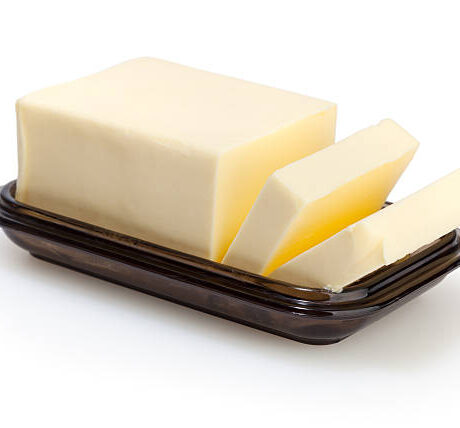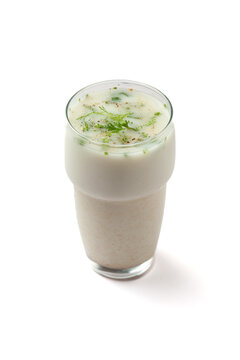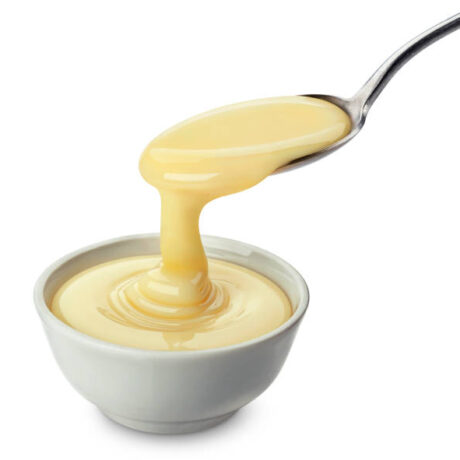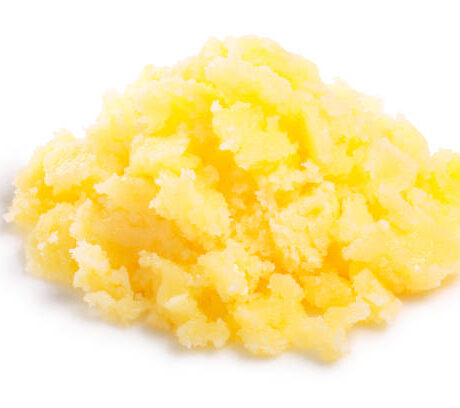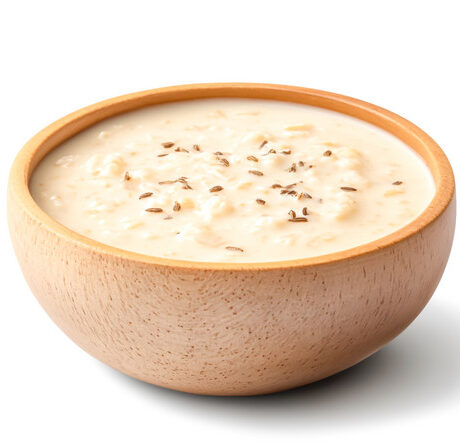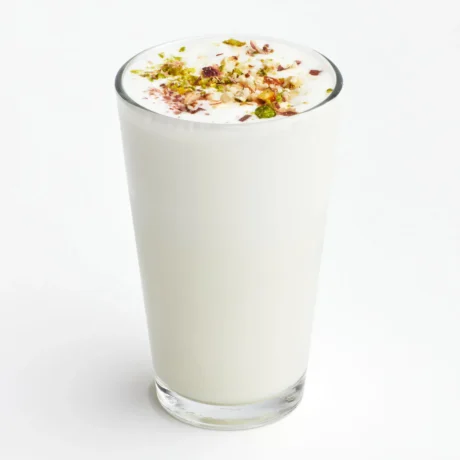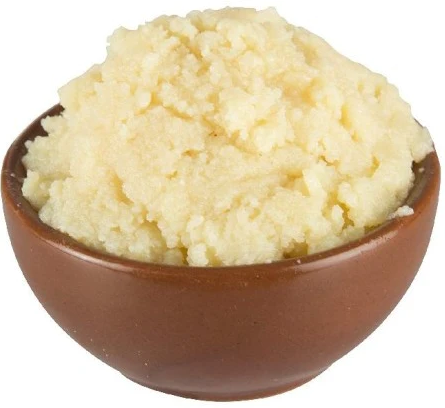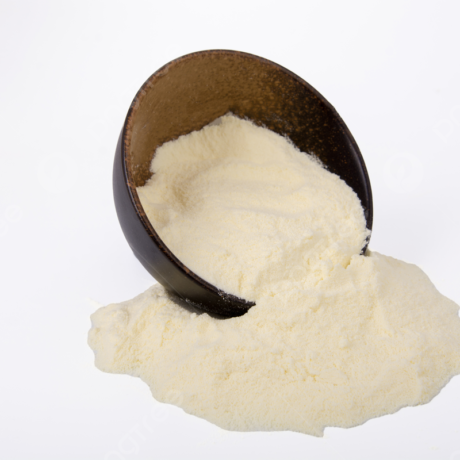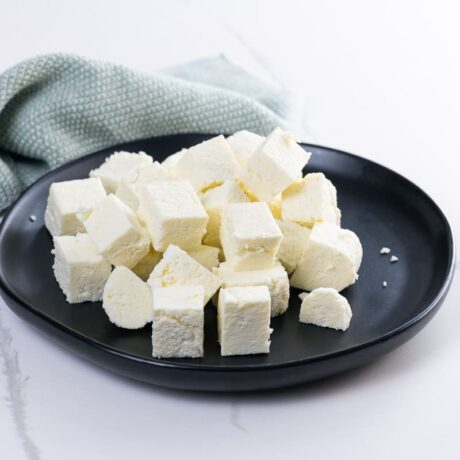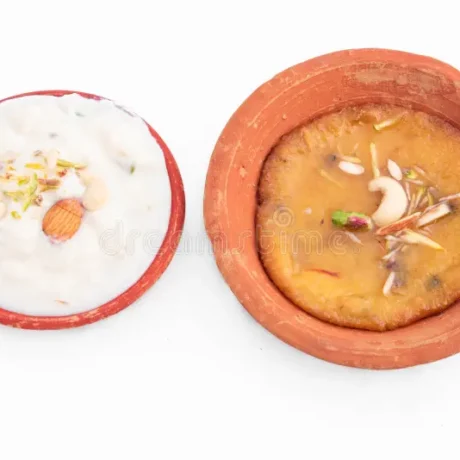Turmeric (Curcuma longa) is a bright yellow, aromatic root widely used in cooking, particularly in Indian, Middle Eastern, and Southeast Asian cuisines. Known for its earthy, slightly bitter flavor and vibrant color, turmeric is a key ingredient in curry powders and many traditional dishes.
Key Features of Turmeric:
✅ Varieties – Fresh turmeric root, ground turmeric, and turmeric essential oil
✅ Rich in Nutrients – Contains curcumin, antioxidants, fiber, iron, and manganese
✅ Uses – Used in curries, rice dishes, soups, teas, smoothies, and as a natural food coloring agent
✅ Health Benefits – Powerful anti-inflammatory properties, supports joint health, improves digestion, and boosts immunity
